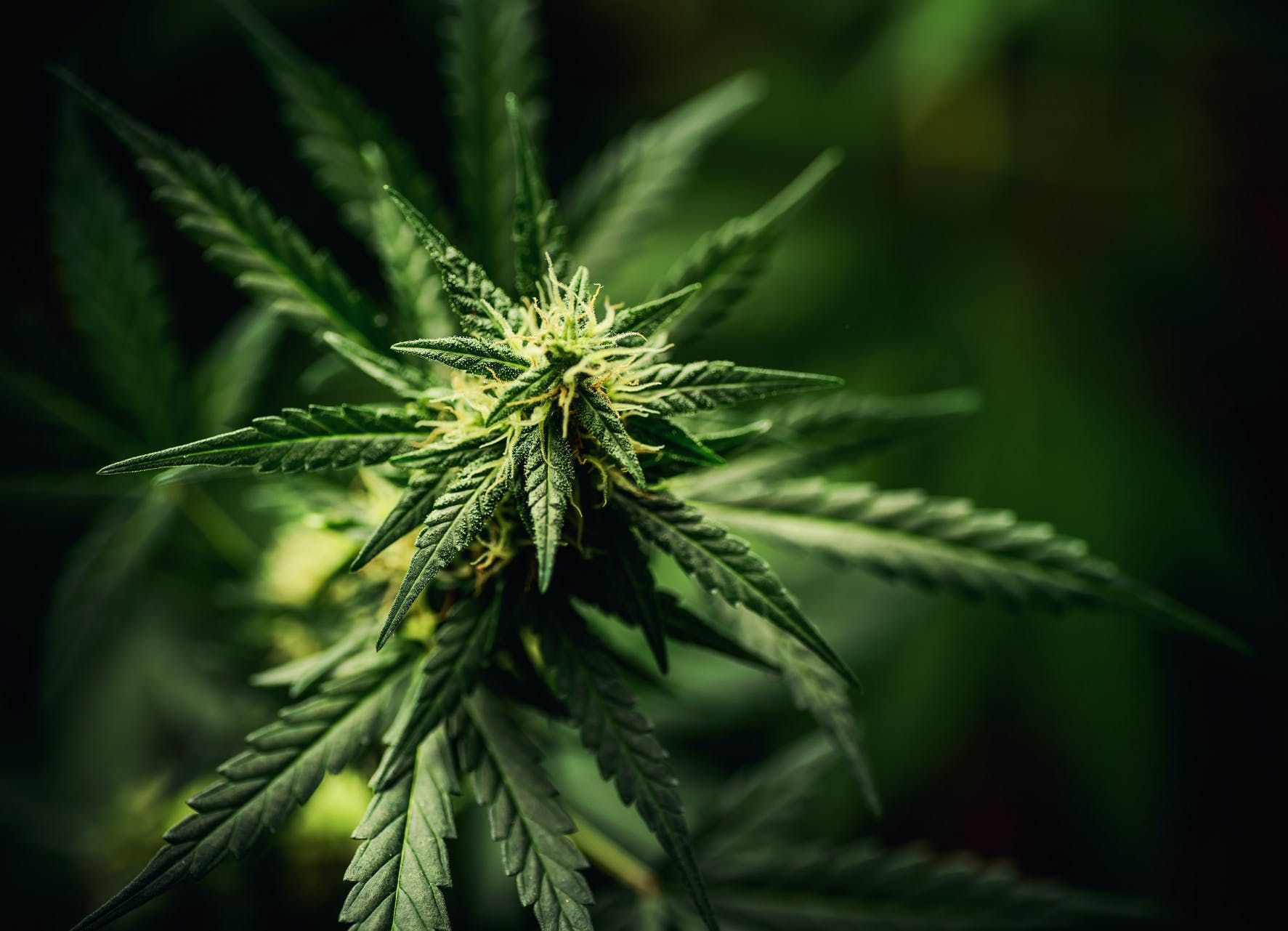Over and over, we hear countless anecdotal reports from medical marijuana patients about how cannabis has helped relieve their pain and improve their quality of life.
In fact, a joint study from HelloMD and the University of California Berkeley surveyed 2,897 people on their cannabis consumption and found that 63% took cannabis to help them manage a pain-related condition.
FOLLOW US ON FACEBOOK & INSTAGRAM
But how does cannabis do this? Why is it able to address a variety of different types of pain so effectively? The answer is, as it is with most things involving cannabis, complicated and incomplete.
Cannabis has over 100 active compounds that contribute to its therapeutic effects. Of these compounds, tetrahydrocannabinol (THC) and cannabidiol (CBD) are the most well researched.
Although research is still lacking, the studies that we have show that both of these cannabinoids seem to affect the body’s pain-processing systems in a way that reduces overall pain.
A Quick Overview of the Endocannabinoid System
We can’t talk about how THC and CBD relieve pain in the body without mentioning the endocannabinoid system (ECS). This network of receptors is located throughout the body, and it’s what cannabis works on to bring about its therapeutic effects.
The ECS has three main components:
- Receptors: CB1 and CB2
- Endocannabinoids: anandamide and 2-arachidonoylglycerol (2-AG)
- Enzymes
Anandamide and 2-AG attach to and activate the CB1 and CB2 receptors, respectively. By attaching to the receptors, these endocannabinoids are able to tell your brain to perform different tasks related to maintaining balance in the body.
THC, the psychoactive component in marijuana, can also attach to the CB1 receptor. THC’s affinity for this receptor is what brings about the characteristic high you feel when consuming cannabis.
CBD, on the other hand, influences the ECS, but we still don’t fully understand how. It doesn’t attach to endocannabinoid receptors with the same gusto as THC does. Rather, CBD seems to bring about certain therapeutic effects by:
- Influencing how some receptors send out signals
- Acting on receptors outside of the ECS
- Disrupting the breakdown of important molecules
RELATED: STUDIES SUPPORT CANNABIS AS AN EFFECTIVE PAINKILLER
How THC Reduces Pain in the Body
Though we still don’t have a full picture of how THC alleviates pain in the body, we do know a few things:
THC can activate CB1 receptors in the brain and spinal cord to influence how we feel pain. It can also influence the activation of opioid receptors in these regions. These receptors also play a role in our pain response.
A recent small study in the journal Neurology may shed further light on how THC affects how we feel pain. Fifteen male participants with neuropathic pain were given THC in a randomized, double-blind, placebo-controlled trial.
The researchers did pain assessments and took brain scans before and after THC administration. At the end of the study, researchers found that THC significantly reduced participants’ pain compared to the placebo.
And their brain scans held some interesting findings.
"Our study results link pain relief from THC with a reduction in the connections between areas of the brain otherwise heavily connected, suggesting that THC may alleviate pain by disrupting signals between these pain processing pathways," said Dr. Haggai Sharon, one of the study’s authors, in a statement.
"Interestingly, our results also show that the more connected the areas of the brain that process emotion and sensory prior to treatment, the greater the pain relief experienced when taking THC," she added.
THC may also bring about pain relief through CB2 receptors, some of which are located on immune cells; these receptors are often associated with the body’s inflammatory response. Although THC doesn’t prefer to attach to the CB2 receptor, researchers think that THC somehow influences CB2 to dampen the body’s response to an injury.
How CBD Eases Pain
Although CBD doesn’t directly attach to CB1 or CB2 receptors, it still has a powerful effect on how we feel pain, as evidenced by myriad anecdotal reports.
Research suggests that like THC, CBD influences CB2 receptors on immune cells and tells the body to dial down its inflammatory response. CBD may do this by blocking chemicals that trigger inflammation in the body.
CBD can also indirectly affect CB1 receptors. By preventing the breakdown of anandamide, CBD is able to increase levels of this endocannabinoid, perhaps leading to improved mood and reduced pain levels.
But CBD can also work outside of the ECS to alleviate pain. Some studies have found that CBD can dampen neurotransmitter pain signals and activate serotonin receptors. CBD can also influence another receptor: TRPV1, also called vanilloid receptor 1 or the capsaicin receptor.
TRPV1 helps regulate body temperature and influences how we feel pain. Physical and chemical cues can activate this receptor, but CBD as well as capsaicin, the molecule responsible for the spicy sensation of chili peppers, can also activate it.
When we eat a chili pepper, capsaicin acts on the TRPV1 receptors in our brain cells, making us feel that burning sensation we associate with spicy foods.
With repeated exposures, these brain cells no longer signal that burning sensation to our brain when capsaicin attaches to TRPV1. This may be why some people have a higher tolerance for spicy foods—their TRPV1 receptors have become desensitized.
But capsaicin does more than make our mouth burn when we eat spicy foods. It also has anti-inflammatory and anti-seizure properties.
The researchers in this study think that CBD behaves in a similar way to capsaicin—except without giving that spicy sensation. Somehow CBD desensitizes TRPV1 receptors, reducing our pain response.
While we still don’t fully understand how THC and CBD relieve pain in the body, it’s clear that they’re affecting the body’s nervous system and inflammatory response in a way that reduces overall pain.
As the stigma surrounding the plant slowly dissipates, we’ll be able to fill in a better picture of how THC, CBD and the other components of the cannabis plant work to ease pain. And by doing this, we’ll hopefully be able to develop better medicines to help folks manage painful conditions.
Photo credit: Martin Gaal/Shutterstock
If you’re new to cannabis and want to learn more, take a look at our Cannabis 101 index of articles. And if you have questions about cannabis, ask them and our community will answer.






